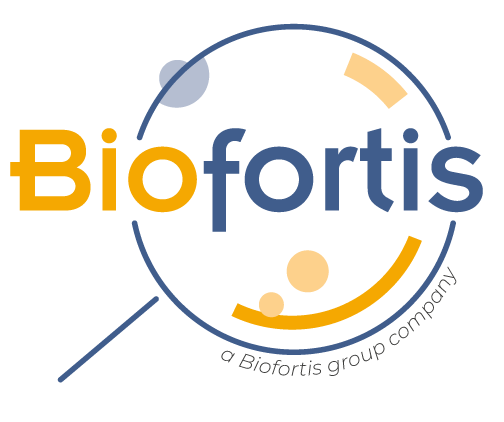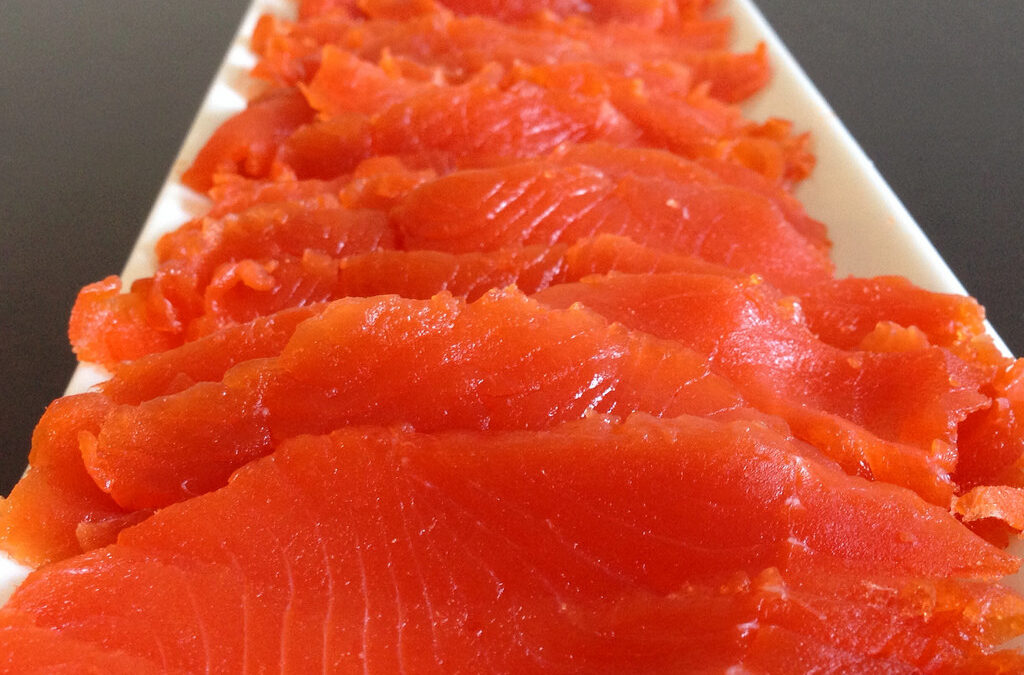Next september 4th, our NGS team will be present at FoodMicro 2018 in Berlin, Germany.
After receiving two Awards from the IAFP (international Association for Food Protection) for the best poster presentation at the European symposium in Stockholm and at the MiBioGate congress in Nantes, France, Aurélien Maillet (PhD student, Biofortis Mérieux NutriSciences) will talk about How to monitor spoilage bacteria within a processing environment on September 4th from 11.30 am-12.00 am.
You can find the programme of Food Micro 2018 by clicking on this links.
Aurélien works on the Alterobio project a Research Consortium led by Dr Jérôme COMBRISSON (NGS Industry manager Europe, Mérieux NutriSciences).
House microbiota and the food quality
Cold smoked salmon (CSS) is a lightly preserved fish product consumed as a RTE product without heat treatment. Bacteriostatic treatments (salting and smoking) are mandatory to prevent from foodborne hazards and spoilage but do not kill the microflora. CSS contamination depends on raw materials, human activities and processing environment. Microorganisms can persist in processing plants due to growth at low temperatures, biofilms formation and tolerance to biocides. The relationship between a product and its processing environment is a major source of contamination. A house microbiota may affect the food quality.
Microbial evaluation by metabarcoding
In man-made building like food factories, cleaning, temperature and humidity are mainly used to drive microbial communities dynamic and structure. With the growing field of NGS in food environmental microbiology, microorganism’s behavior can be evaluated by metabarcoding. The aim of this study is to monitor bacterial communities in a CSS processing environment using 16S metabarcoding. Microbial ecology knowledge in this complex ecosystem could be useful to characterize microbial reservoir, improve targeted hygiene procedures and lead to shelf life and products quality optimization.
Surfaces samples from CSS processing environment and products were analyzed by 16S metabarcoding. DNA was extracted from samples, used to PCR amplify the V3-V4 region of 16S rDNA then sequenced on Illumina MiSeq. Taxonomic classifications were obtained using FROGS pipeline, Silva 16S reference database and RDP classifier.
Several OTUs have been identified. The processing environment is mainly composed of Acinetobacter, Pseudomonas, Aeromonas and Psychrobacter. Photobacterium, Enterobacteriaceae, Brochothrix, Lactic Acid Bacteria (LAB) and Staphyloccocus are dominant on salmon products.
Beta diversity revealed a core microbiota between the processing environment and products. This core community is mainly composed of Gram positive spoilage bacteria: LAB, Brochothrix and Gram negative: Enterobacteriaceae, Psychrobacter, Pseudomonas, Aeromonas and Shewanella.
A need for better understanding the microbial environment for food quality
These findings allowed identify residential bacteria within the processing environment. This persistent flora could have an impact on products quality. Spoilage contamination hotspots were detected. A better understanding of microbial dynamics within processing environment could help to reduce contamination and spoilage. Thus, improve cleaning and disinfection procedures to reduce food wastage and enhance products quality.

